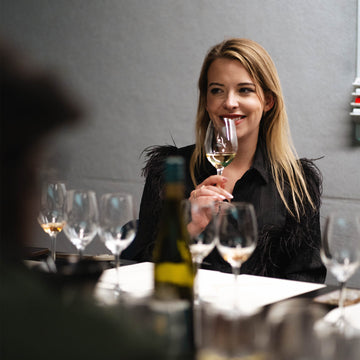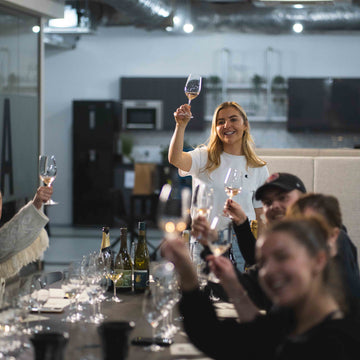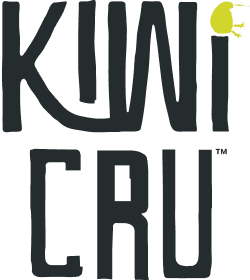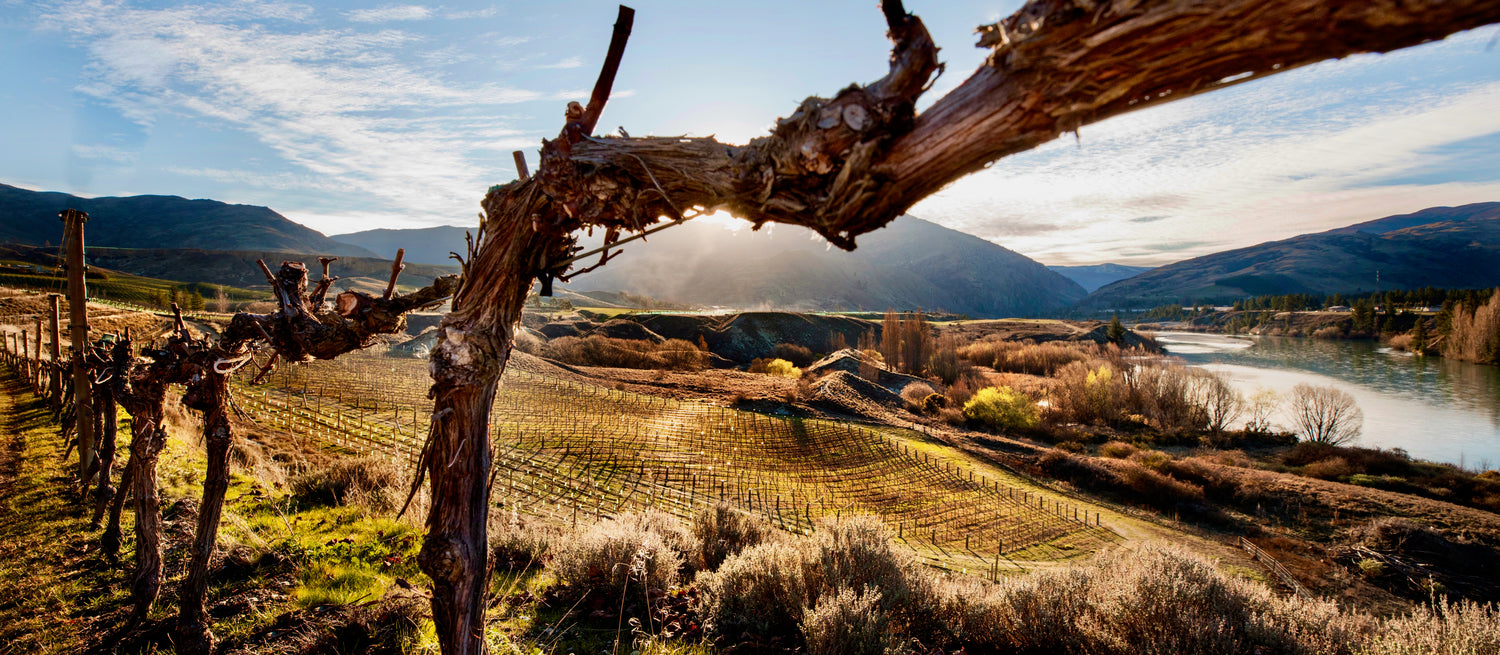
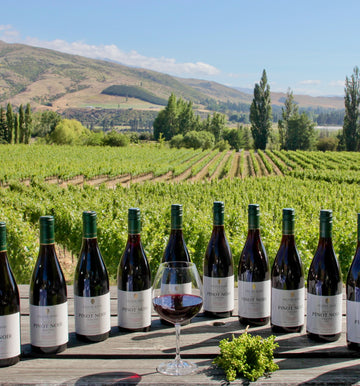
Can You Taste a Place?
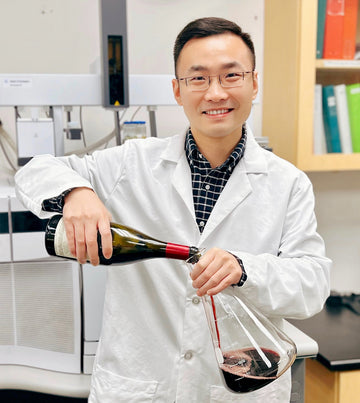
What We Talk About When We Talk About Taste
“When you bring together feeling and fact, wine gets even more fascinating”. Susie Barrie MW & Peter Richards MW, Wine Blast
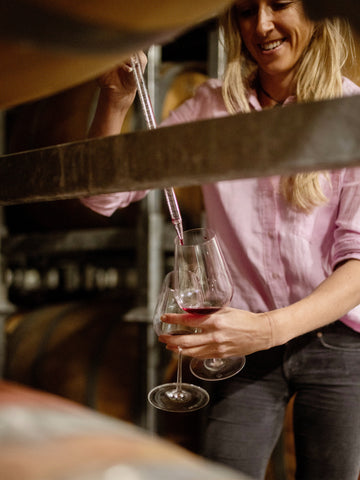
From Chemistry to the Glass
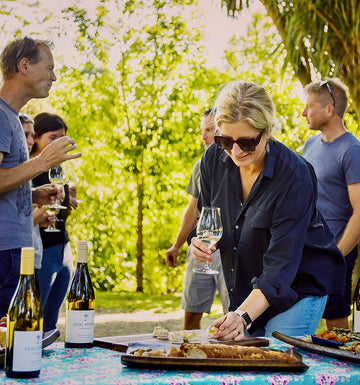
Tasting with Intention
Listen and Learn
Discover and Taste
Rimapere Sauvignon Blanc 2022
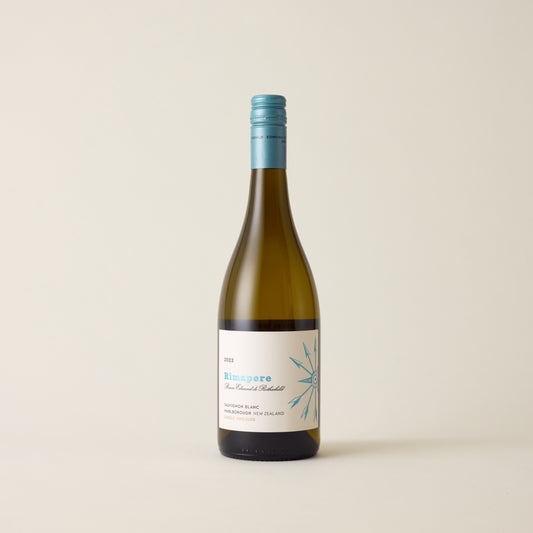





Rimapere Sauvignon Blanc 2022
Regular price
£16.15
Sale price
£16.15
Regular price
£21.00
Craggy Range Gimlett Gravels Syrah 2021








Craggy Range Gimlett Gravels Syrah 2021
Regular price
£30.00
Sale price
£30.00
Regular price
Akarua Pinot Noir Central Otago 2022
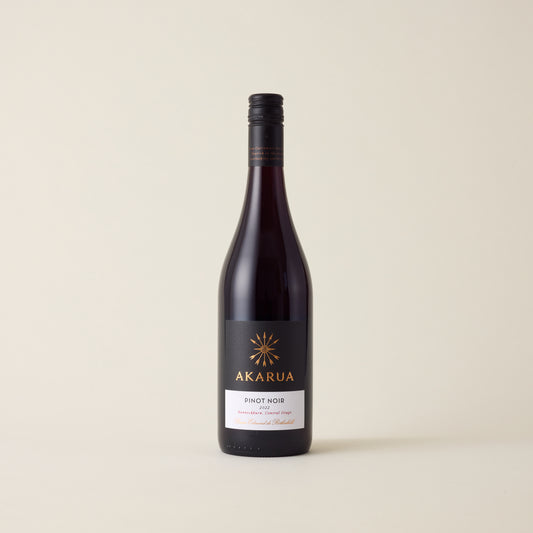







Akarua Pinot Noir Central Otago 2022
Regular price
£35.00
Sale price
£35.00
Regular price
Greywacke Sauvignon Blanc 2024
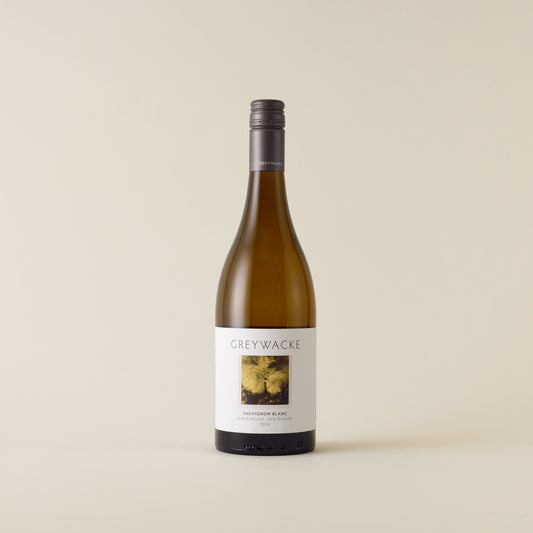





Greywacke Sauvignon Blanc 2024
Regular price
£22.00
Sale price
£22.00
Regular price
Greywacke Wild Sauvignon Blanc 2022
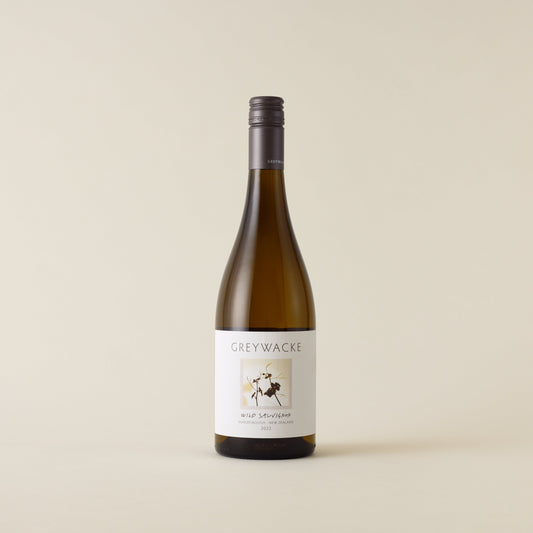







Greywacke Wild Sauvignon Blanc 2022
Regular price
£26.00
Sale price
£26.00
Regular price
Craggy Range Kidnappers Chardonnay 2020
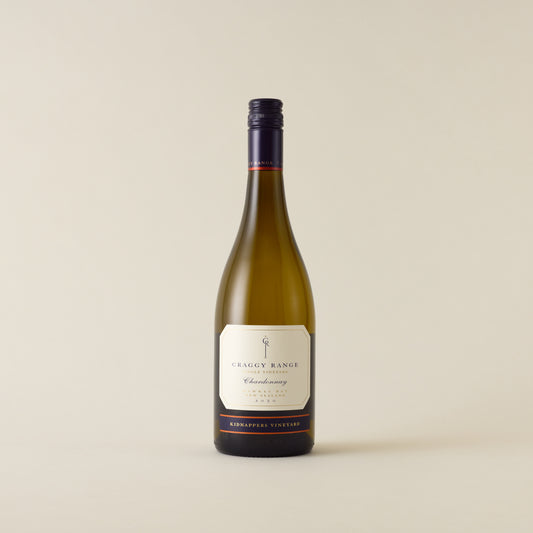







Craggy Range Kidnappers Chardonnay 2020
Regular price
£24.00
Sale price
£24.00
Regular price
Radburnd Merlot/Cabernet 2018
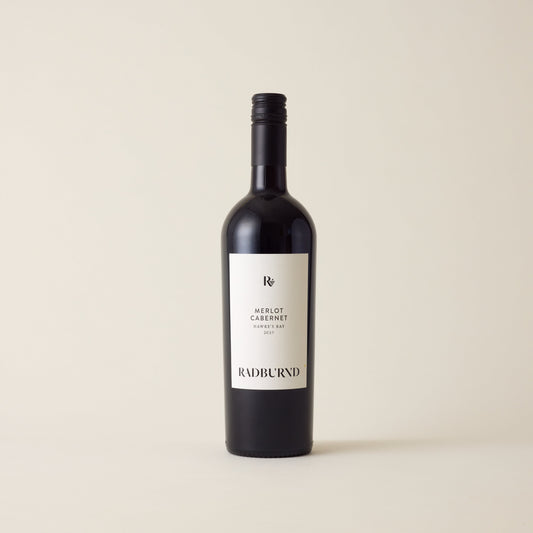







Radburnd Merlot/Cabernet 2018
Regular price
£45.00
Sale price
£45.00
Regular price
